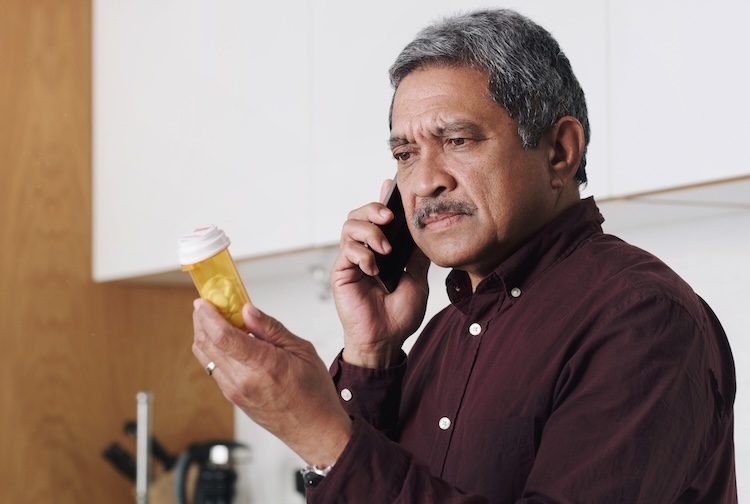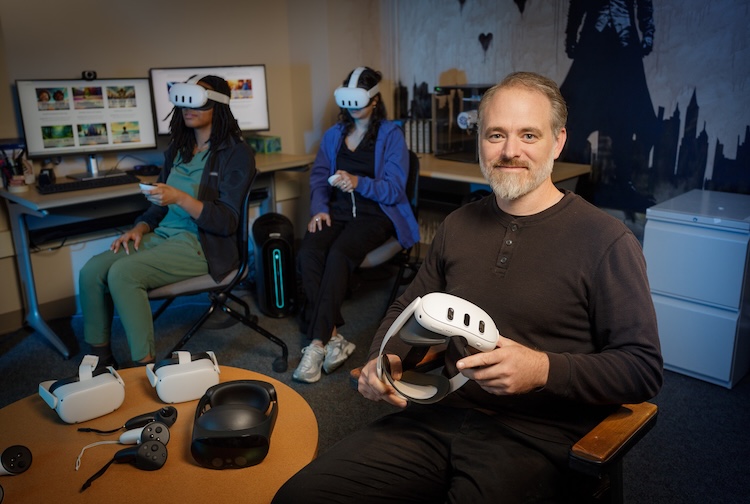Clinical trials show remdesivir effective against COVID-19
May 01, 2020
Arun Sanyal, M.D., a liver specialist at VCU Health and the clinical trial's principal investigator at VCU, explained what the results mean for patients.
Updated August 21, 2020
Data released this week from clinical trials conducted at VCU Health and other sites throughout the U.S. showed the investigational antiviral drug remdesivir to be effective in treating the novel coronavirus, COVID-19.
Gilead Sciences on Wednesday published the preliminary results from its phase 3 clinical trial of remdesivir for patients with severe COVID-19 symptoms, one of two remdesivir trials in which VCU Health is involved. To qualify for the severe trial, participants had to have symptoms severe enough to require them to be on supplemental oxygen.
The results released by Gilead have not yet been peer-reviewed. [Editor's note: As of Aug. 21, 2020, the results of this study have been published in a peer-reviewed paper and accompanying editorial in the Journal of the American Medical Association.] On May 1, the FDA issued an emergency use authorization for remdesivir "for the treatment of suspected or laboratory-confirmed COVID-19 in adults and children hospitalized with severe disease."
The clinical trials compared a 5-day versus a 10-day dosing regimen for treatment at 180 sites, including VCU Health. Both treatments were effective. Somewhere between 55% and 65% of people fully recovered within the study's 28-day timeframe. A similar number, between 55 to 60% of the patients, got discharged from the hospital during that time. Very importantly, the trial had between an 8-11% mortality rate across the sites. This seems encouraging.
The results suggest that the 5- and 10-day treatments are about equally effective. The side effect profile is similar but manageable. People who are earlier in the course of their disease seem to do better.
What do these results mean for treatment?
It sets the stage for combining strategies for selected patients where they can take antiviral approaches and combine it with the various antibodies that are being tested. There are two basic strategies to treat the disease: One attacks the virus; the other one boosts the body's immune system and helps the body cope with the infection. There's no reason why you could not modulate both to maximize the treatment benefit.
I think we're heading in the right direction. We are providing what we set out to do, which is generate the evidence that is needed to bridge the gap between hope and reality.
Can anyone get this drug anywhere?
It's not available immediately to everyone, and you can't pick it up at your pharmacy. This still needs to go through FDA approval. But if the FDA approves the drug and Gilead is able to produce enough of it, I expect that process will not take long.
What's next in terms of research?
By combining the strength of the U.S. pharmaceutical industry and academia, we will develop therapeutic strategies not only for COVID-19, but we'll also learn the best way to approach the next pandemic if and when that actually happens.
We have, in the last one and a half months, learned an incredible amount about the disease. And instead of hysterically throwing whatever we could at the patient and hoping something will work, we are systematically generating scientific data based on what was initially a best conceptual guess, and then taking that and generating data to see how exactly it works for the patients.
What does this mean for patients moving forward?
For the patients who have already been through the trial, we're incredibly grateful to them for taking a chance and participating in this study. To qualify for the trial, participants had to have symptoms severe enough to require supplemental oxygen.
From all of this, the data looks like it did shorten their hospital course. It got them out of the hospital faster and it reduced their need for oxygen. The NIH data shows that the drug probably reduced their mortality [death rate] as well.
The information that was generated provides hope to patients who come into the hospital that there is effective antiviral therapy.
When a patient comes in, we can actually tell them this is the drug, this is how it works and this is how effective it is — which we couldn't do a month ago.




